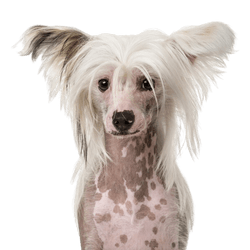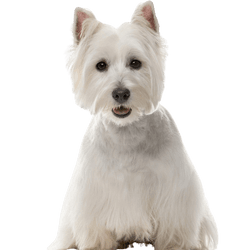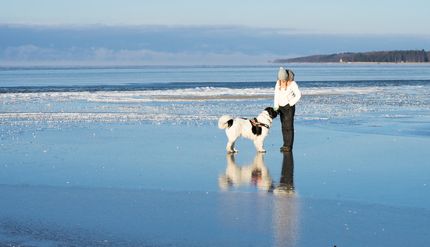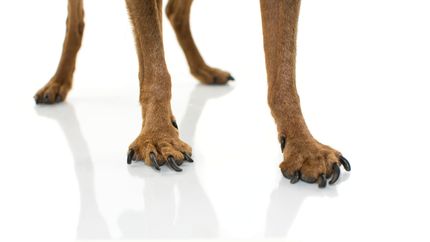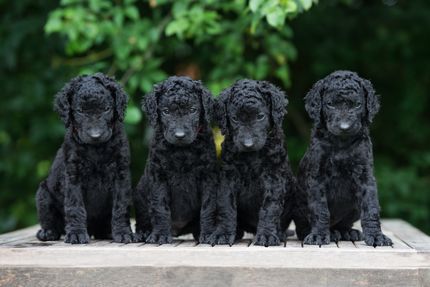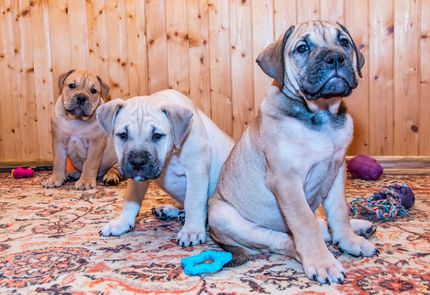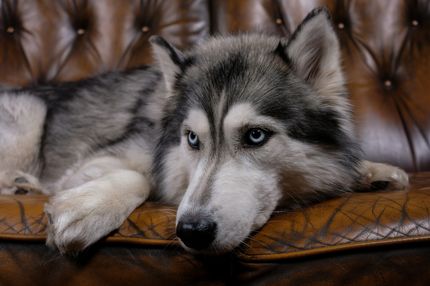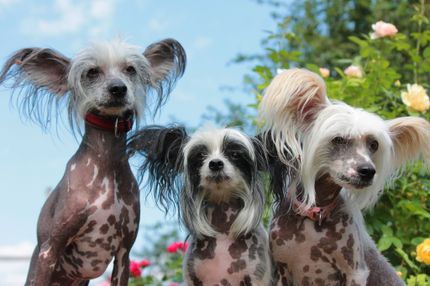Facts & Origin
Crested Westie ( West Highland White Terrier and Chinese Crested Mix )
The Crested Westie is a unique hybrid breed created by crossing the West Highland White Terrier, also known as the Westie, and the Chinese Crested Dog. Both parents have a rich history and contribute to the unique characteristics of this mix.
The West Highland White Terrier: Originally from Scotland, the Westie was originally bred as a hunter and rat catcher. It is distinguished by its characteristic white coat and bold character.
The Chinese Crested Dog: This breed has its roots in China and was bred as a companion dog for the Chinese nobility. The Chinese Crested Dog is distinguished by its hairless body pattern and characteristic "crest" on its head.
His unique personality, affection and energy make him a great companion for families and individuals. With loving care and consistent training, the Crested Westie can become a loyal and loving companion who enriches the lives of his family.
| Alternate Name | - |
| Origin | China - Scotland |
| Life expectancy | 12 - 16 years |
| Care requirements | low-maintenance - high-maintenance |
| Activity level | low - average |
| FCI group | not recognised |
| AKC group | not recognised |
| KC group | not recognised |
More Chinese Crested Dog mixes
More West Highland White Terrier mixes
Attitude, character and temperament of the breed
Possible character traits
The Crested Westie combines the best traits of both parents and thus develops a unique character.
Bold and Confident: The Crested Westie inherits the bold and confident character of the West Highland White Terrier. He is often determined and not easily intimidated.
Affectionate and Loving: The Crested Westie is known for his affection and love for his owners. He likes to seek their closeness and shows a lot of affection towards them.
Playful and energetic: Like the Westie, the Crested Westie can be playful and energetic. He loves to play outside and participate in fun activities.
Social and Family Friendly: The Crested Westie usually exhibits a friendly nature and gets along well with other dogs and people. He can live well in families and is often a loving companion for children.
Suitability and attitude
The Crested Westie is a versatile dog that does well in a variety of households: The Crested Westie can be a good fit for families looking for an active and loving companion who gets along well with children. He can also be a good fit for individuals or couples looking for a loyal and playful companion.
Character
Usage
Care and health
Grooming the Crested Westie requires special attention to ensure its well-being.The coat of the Crested Westie may be long and silky, as in the Westie, or hairless, as in the Chinese Crested, depending on the dominant heritage of the parent. Regular brushing or grooming of the skin is important to keep the coat or skin healthy.
As with all dog breeds, the Crested Westie can be subject to certain genetic health problems. These include eye problems and skin conditions. Regular vet visits and a balanced diet are important to maintain his health.
What does this mixed breed look like?
The Crested Westie can physically have characteristics of both parents:
Size: it is usually a small to medium sized dog with a shoulder height of 25 to 35 cm.
Weight: The weight usually varies between 5 and 10 kg.
Coat and Color: The coat can be long and silky, as in the Westie, or hairless, depending on the dominant heritage of the parent. Colors may vary, ranging from white to various shades.
Build: The Crested Westie has a compact and robust build.
| Fur length | long - medium |
| Fur | wavy - flat coated |
| Ear shape | Standing Ears |
| Tail | fanned out - short |
| Anatomy | slim, rugged |
| Size ♀ | 23 - 38 cm |
| Weight ♀ | 2 - 7 kg |
| Size ♂ | 26 - 33 cm |
| Weight ♂ | 2 - 10 kg |
| Suitable For | suitable for allergy sufferers, Children, Seniors, Children |
Known Diseases
Eye diseases
Often occur with allergies and intolerances.
Denture malocclusions
Malocclusions of the dentition often occur in dogs with short muzzles.
Patellar problems
Problems with the Patellar can be a displacement or weak kneecap, which is one of the most common causes of lameness in dogs, also because of overweight.
Tartar
If dogs don't get a good food or sugary food, tartar can quickly appear.
FAQ
-
The average life expectancy is 12 to 14 years.
-
A Crested Westie usually has a coat that can be long and silky, like the Westie, or hairless.
-
He will be on average a small to medium sized dog.
-
Yes, these dogs are very outgoing and willing to learn. However, they require regular training to perform at their best.
-
Yes, Crested Westies are usually well behaved with other pets and children. However, it is advisable to let them get to know each other in a controlled manner and provide them with an easy path to educational success.
